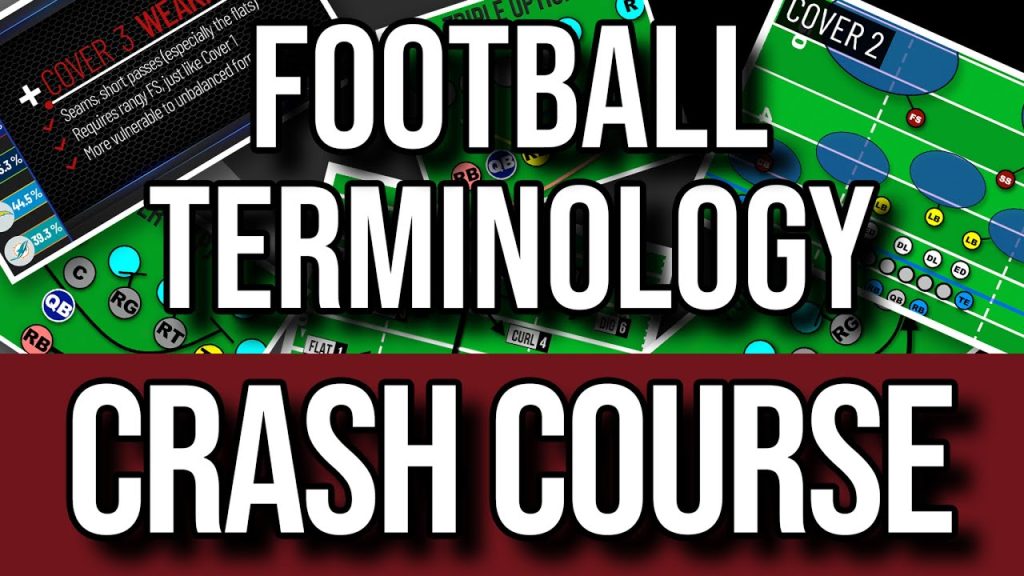
Football Terms
When you dive into the world of football, it can feel like stepping into a different universe. The passion of the fans, the adrenaline rush of the game, and the distinctive terminology can often be overwhelming. This blog post is focused on demystifying football terms that are commonly used in the sport. Whether you’re a seasoned fan or a newcomer trying to catch up with the action, understanding these terms will enhance your appreciation of the game. In this extensive guide, we’ll explore various aspects of football terminology, from basic rules and positions to advanced strategies and concepts that influence how the game is played. By the end of this article, you’ll be equipped with the knowledge to engage in discussions about football more confidently and insightfully.
The Basics of Football Terminology
Before delving into intricate strategies and player roles, it’s essential to lay the foundation by understanding the fundamental terms that define football as we know it.
What is Football?
Football, known as soccer in some parts of the world, is a team zbet sport played between two teams of eleven players each. The objective is simple: score more goals than the opposing team within a specified time frame, typically ninety minutes. The game is played on a rectangular field with a goal at each end, and players primarily use their feet to pass, dribble, and shoot the ball. However, there are specific rules regarding hand usage; only the goalkeeper is allowed to handle the ball within the designated penalty area.
Understanding the basic structure of the game provides context for many terms that arise. For instance, knowing that a “goal” means getting the ball into the opposing team’s net helps clarify what is meant when people talk about a “goalscorer” or “goalkeeper.” Additionally, the concept of “offside” becomes clearer when one comprehends the positioning of players relative to each other and the ball during live play.
Pitch and Field Markings
The football pitch is where all the action unfolds, and it is surrounded by a set of markings that guide gameplay. The dimensions may vary, but an official pitch typically measures about 100 to 110 meters in length and 64 to 75 meters in width. Key markings include the center circle, penalty area, and goal area.
The Center Circle At the center of the pitch lies the center circle, which has a radius of 9.15 meters. During kick-off, all players must remain outside this circle until the ball is in play. This rule emphasizes the importance of space in the initial moment of the game.
Penalty Area and Goal Area The penalty area, commonly referred to as the eighteen-yard box, is crucial because fouls committed within this area result in a penalty kick for the opposing team. The goal area, on the other hand, is a smaller region from which goal kicks are taken. Both areas are critical in defining the tactical play around the opponent’s goal and the defensive strategies employed by the team.
Common Football Terms
Once you grasp the basics, you can begin to familiarize yourself with common football jargon that pops up frequently in match commentary and discussions. Here are some essential terms:
Offside A player is considered offside if they are nearer to the opponent’s goal line than both the ball and the second-last opponent (usually the last outfield player) when the ball is played to them. This rule is often misunderstood but is crucial for maintaining fairness in the game.
Foul Any illegal action, such as kicking, tripping, or pushing an opponent, can lead to a foul being called. Fouls can range from minor infractions that lead to free-kicks to serious violations that may warrant a yellow or red card.
Card System (Yellow and Red Cards) Referees use yellow and red cards to manage player behavior. A yellow card serves as a warning, while a second yellow leads to immediate expulsion. A red card can be shown for serious fouls or violent conduct, resulting in the player being sent off the pitch.
Overall, these foundational terms set the stage for a deeper understanding of football dynamics. As we advance, let’s shift our focus toward the varying positions and roles players assume, shaping the tactical structure of the game.
